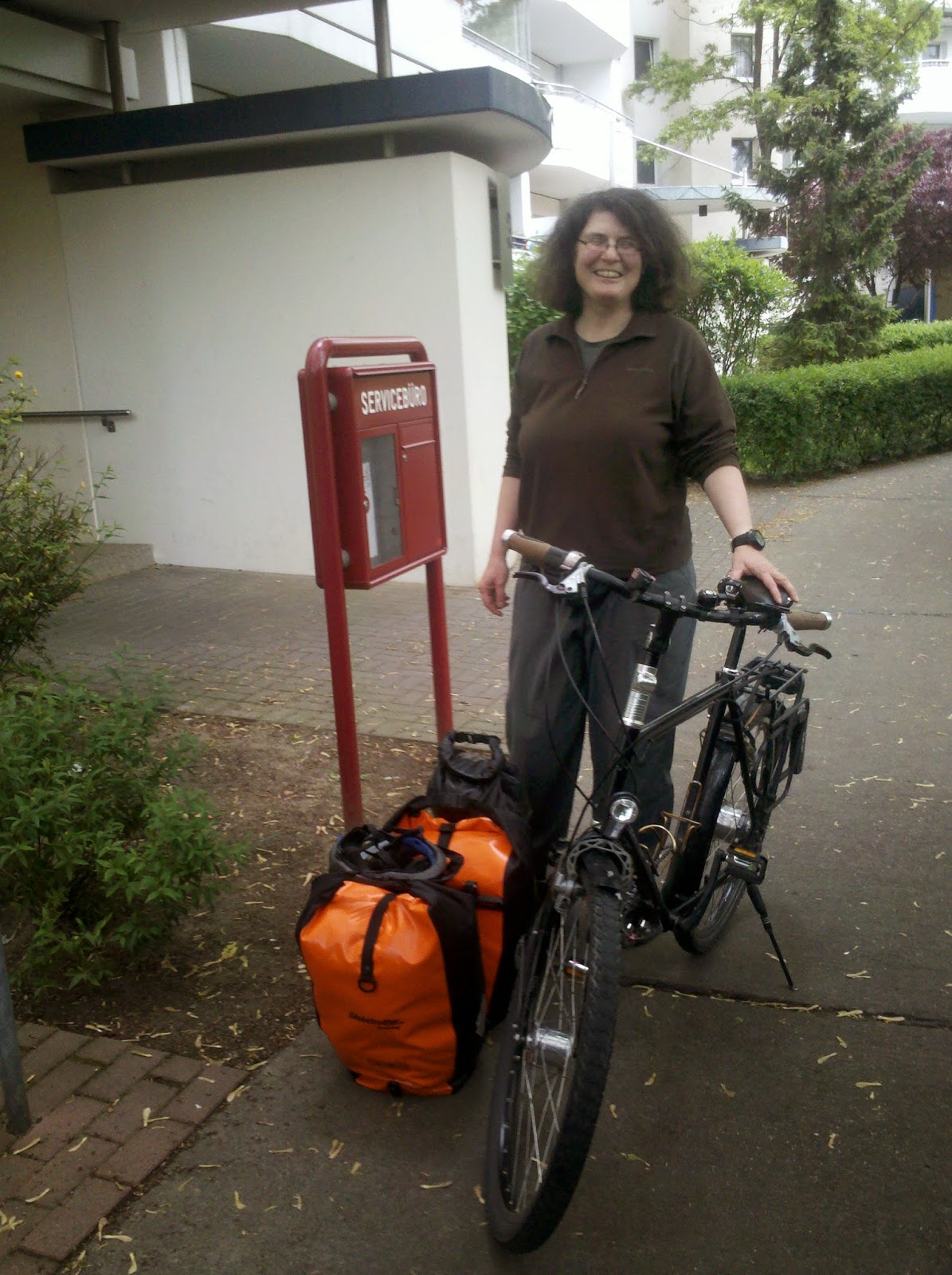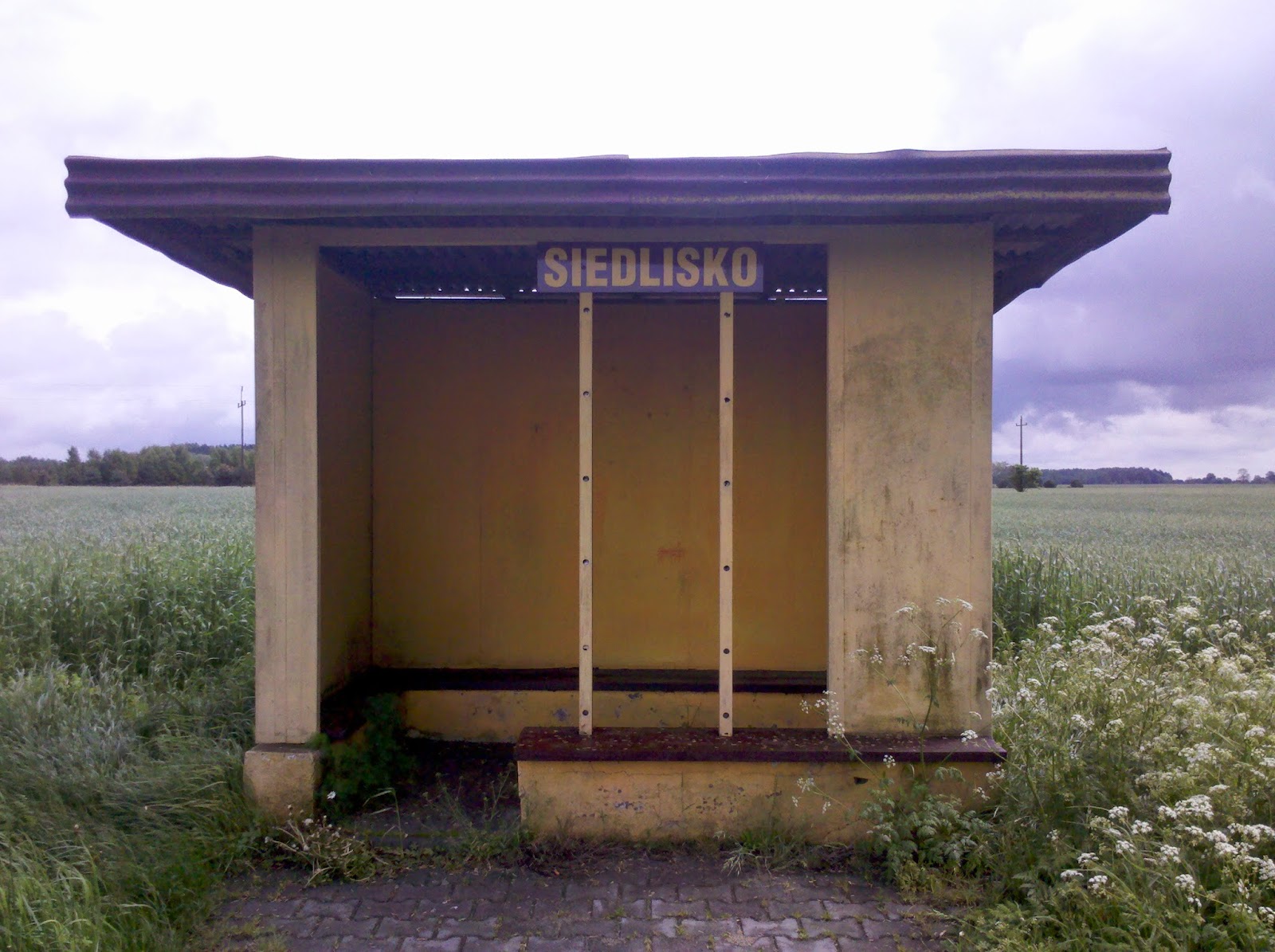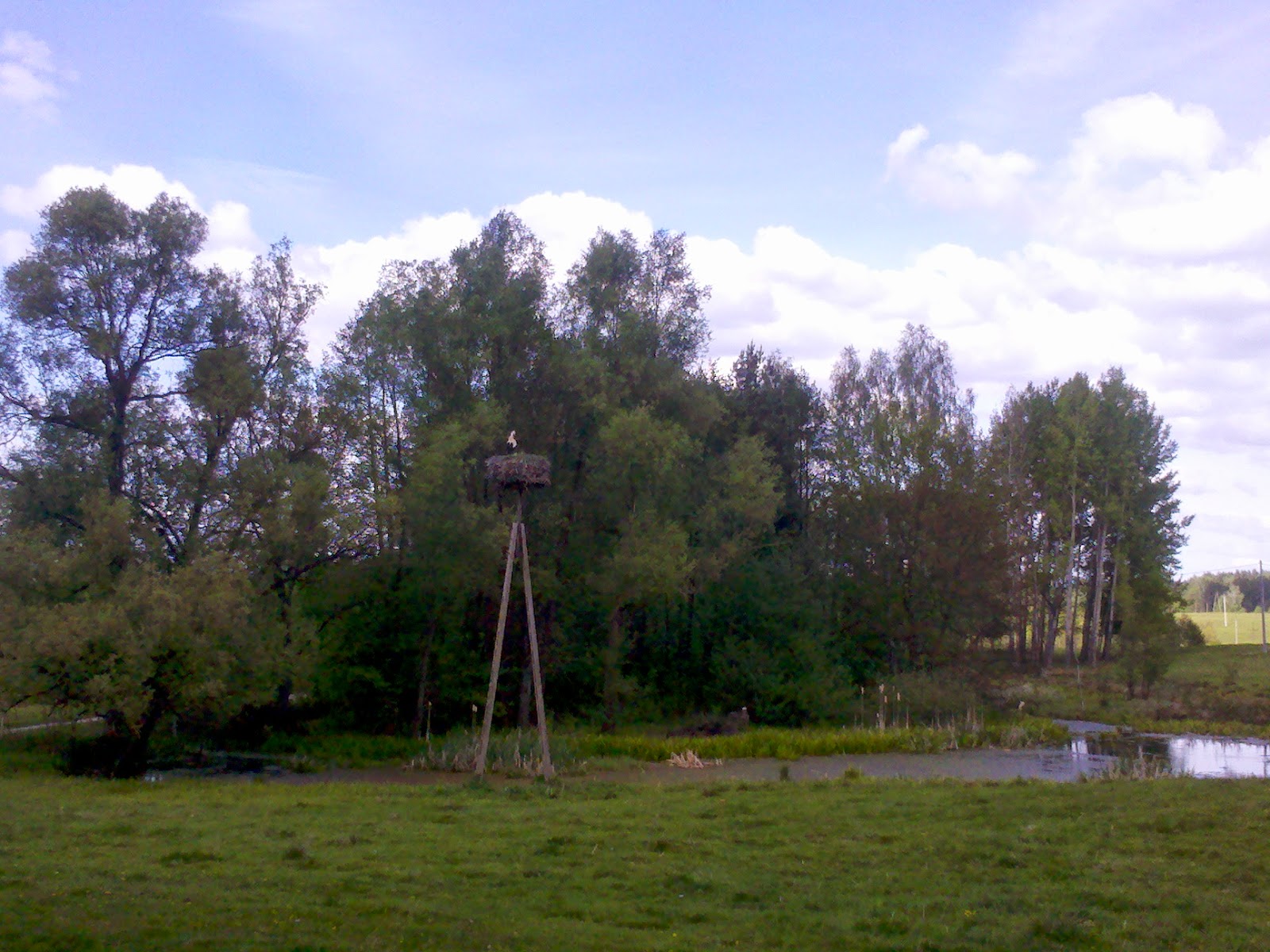 |
| The very start.... |
This trip started like all my trips start: I was incredibly nervous and had another hypochondriac attack. This time it was my ear again. Yes, the same ear that had already been bothering me in Spain. I had contracted a very stubborn ear infection that came flaming up again and again. I was constantly seeing a doctor and although she had declared my ear healthy again it kept hurting - especially the days before I left. The day I was supposed to leave I woke up at 3 am and could not fall asleep again. I was especially worried that my ear infection was flaming up again - and therefore I was the first morning patient at my doctor's. But luckily I was just suffering from the aftermath of my ear infection - or a hypochondriac attack. My ear looked fine and I was declared fit for travel.
The next step was much easier: I had to hand over the keys of the apartment. I had spent the whole previous day cleaning the place and had strangely enough even enjoyed these housewifely duties. So finally at midday I was ready to leave and of course the first day was full of obstacles.

First I had to load the bicycle which took a while because I am out of routine. Then I discovered that my bike computer was not working. It took me an hour and changing batteries until it dawned on me that I just had to change its position to make it work properly. Meanwhile my GPS routed me out of Berlin in the most convoluted way. As soon as I had left the vast suburbs behind I had to take a break and eat something - only to discover that the water out of my bike bottle tasted horrible. I wondered with what I had cleaned it - or what chemical was poisoning me now. Rinsing it out several times solved the problem eventually.
 |
| R 1 in Germany |
Soon I was exhausted and tired which did not come as a surprise. I had only slept three hours and was hopelessly out of shape after three months of doing nothing. After 60 km I called it a day and started looking for a tick free campsite and was soon lucky. I found a nice dry spot under pine trees and set up my tent. Everything took forever as I still have to settle into a routine with this setup. I passed out at 9 pm and did not wake up before 8 am after a very good night's sleep.
It had been a cold night and fighting with drybags and panniers it was after 10 am when I left - not exactly an early start... But I don't want to overdo it. My body was aching a bit and I had even gotten a bit sunburnt. I stopped at a bakery and treated myself with two pieces of cake as a second breakfast. Soon I arrived at the river Oder which forms the border between Germany and Poland.

I am cycling the bike route R1 now which will lead me through almost all of Poland. The R1 follows the Oder for a bit which is a nice stretch on top of dykes with great views onto the Oder flood plains. At Küstrin I crossed into Poland - and immediately used the chance to visit one of my beloved Lidl supermarkets. I even changed money instead of using an ATM because I wanted to have small change for the Lidl shopping carts. I should not have worried about that little detail. As Kosztrin is a cheap and quick shopping destination for Germans you could do anything with Euros. The shopping carts take zloty and Euro and you can even pay with Euro cash at Lidl. Of course I had to compare the German Lidl product range with the Polish one. Unfortunately cooking instructions on a lot of Polish products are in Polish only leaving me clueless but I got my dinner shopping done.

The R1 started with a horrible stretch of highway cycling in Poland. 11 km on a narrow highway with no shoulder or bike lane. A bad introduction to Polish drivers who do not seem to brake for cyclists... I was relieved when I turned off the main highway onto a quiet country road. Although I had just cycled 60 km I was already tired. The area was nicely forested and I decided to turn off the road and look for a campsite. A signpost led me onto a dirt road - and to a nice sandy beach and lake. What a nice surprise! The water was too cold for a proper swim but I could wash up nicely. The feeling of cleaning up before hitting the sack is just great. The beach was part of a free official campsite but the place was rather dirty and looked well visited. Being on my own I rather stealth camp and soon found a good invisible site - where I was soon lying in my tent listening to the raindrops..... and falling asleep.
Next morning I was awoken by loud chain saw noise. I had been sleeping so well that I had not heard that a whole troop of forest workers had parked their cars just 200 m away from me and where now busy felling trees - luckily on the other side of the forest road. I was so well hidden that I first had a hearty porridge breakfast before I departed.

Later that day a big mishap happened. I wanted to take a rest and sat down on a metal road barrier. When studying my maps I suddenly realised that my whole shirt sleeve was dirty. Being surprised I tried to brush the dirt off when I discovered what had happened: Someone had greased the road barrier and I had brushed off the grease. OMG, how would I ever be able to get these stains out of my light coloured shirt. I tried to clean it as best as I could with leaves and then set off in search of a water faucet. A local cemetery came in handy. Luckily I carry soap on bike trips and I started scrubbing. I almost wanted to despair when after 10 minutes of hard work the grease stains started to vanish. More vigorous scrubbing and my shirt looked almost new. I was relieved that I didn't need to buy a new shirt and set off cycling again. On this third day I cycled 85 km and I seem to get slowly into shape.

Free camping has been easy so far as there is plenty of forest everywhere. But this is about the only good news about cycling in Poland. The little towns I have passed through that far are rather desolate with the typical run down housing complexes. The R1 itself had been rather disappointing in Poland as well. On the short 100 km stretch in Germany I was almost exclusively on bike trails or even bike roads. Here in Poland the R1 is almost exclusively in busy roads with no bike trail and not even a shoulder. Traffic is fast with a lot of (lumber trucks) and the roads are in a horrible state with potholes and badly repaired bits. The truck drivers are mostly ok and stop if necessary but I always hold my breath if a truck overtakes me. I do hope that the R1 route improves - so far it has definitely not been recommendable.
And in case you were wondering: Yes, I have developped sort of an obsession with bus shelters.





































